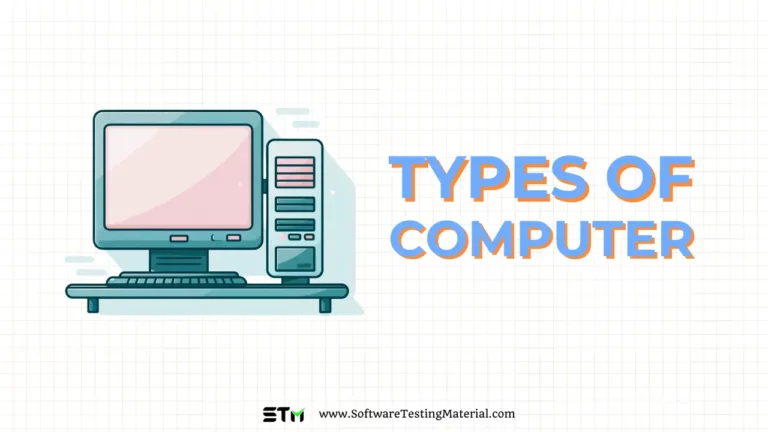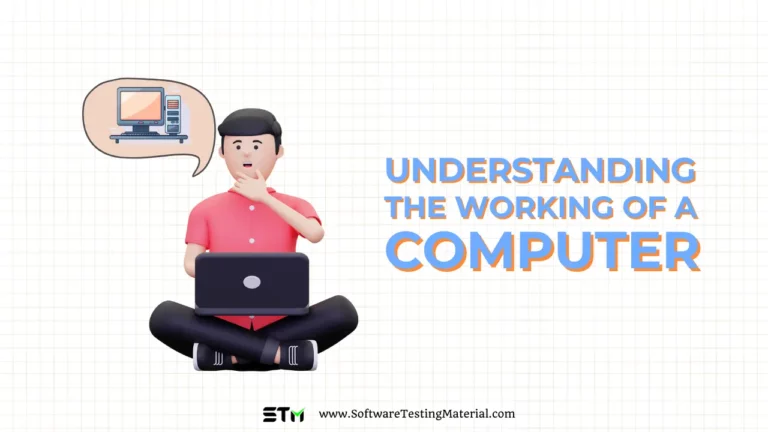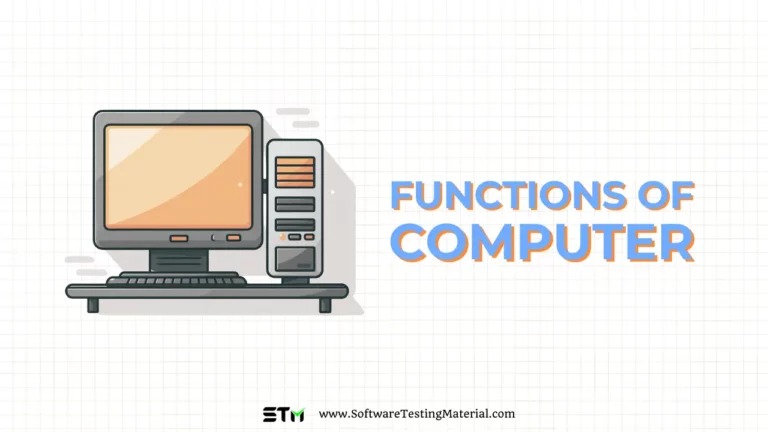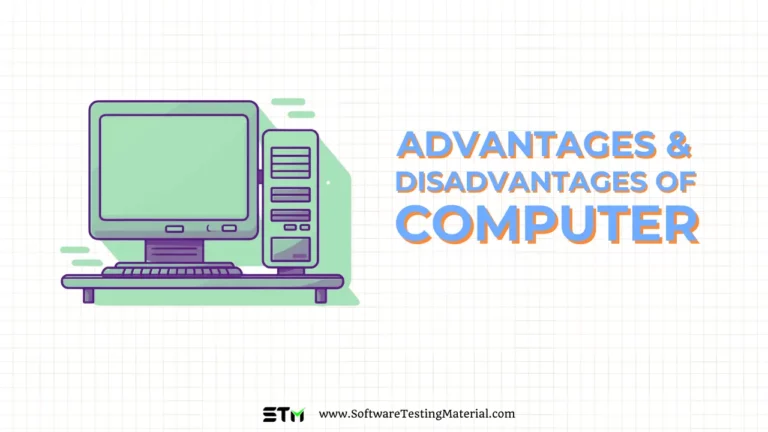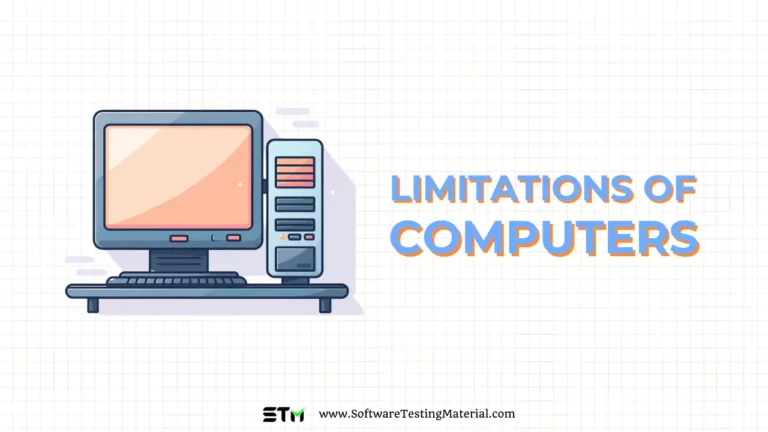Classification of Computers: Explained In Detail
Understanding the classification of computers can provide insights into their diverse capabilities and how they are tailored to meet different needs.
In the modern era, computers have become an indispensable part of daily life, driving scientific advancement, economic growth, and personal productivity. From powerful supercomputers that drive complex simulations to everyday microcomputers assisting with daily tasks, each type has unique features and applications.
This blog post delves into the classification of computers, exploring their distinct characteristics and uses.
Must read: Computer Fundamentals Tutorial
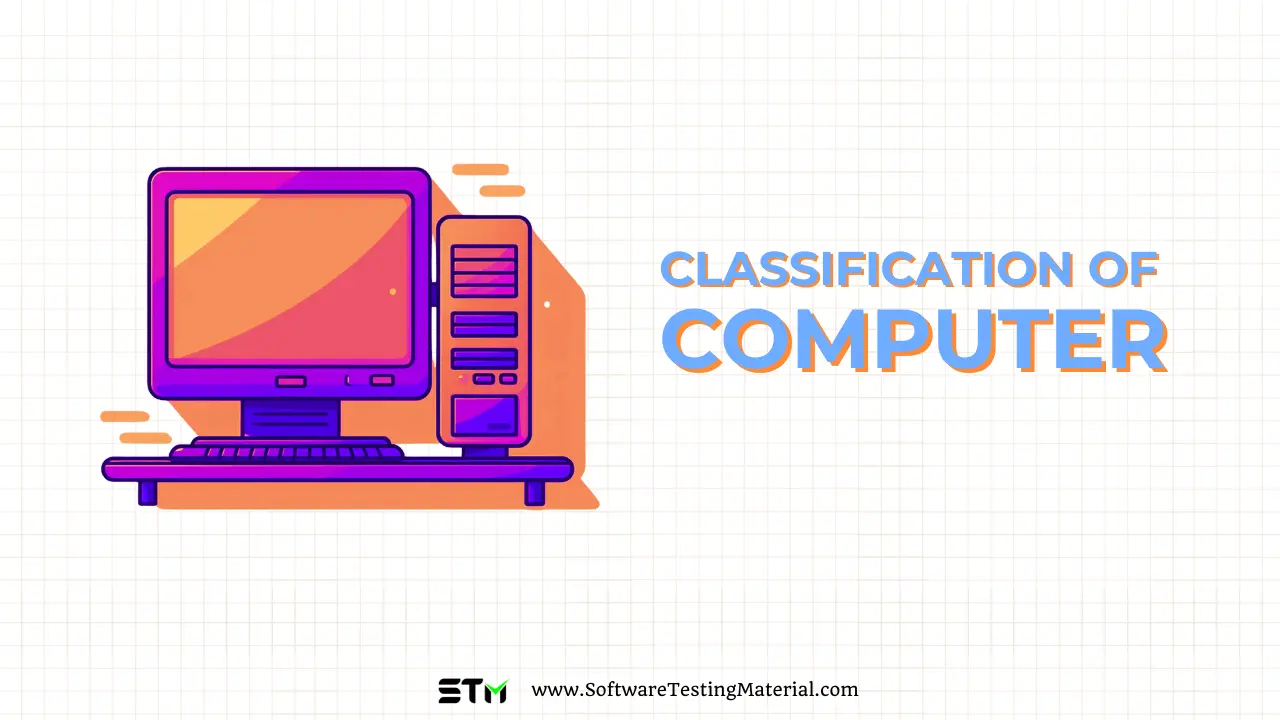
Classification of Computers
The classification of computers is a methodical way to categorize these devices based on their size, functionality, and processing power. Understanding these classifications helps in identifying the most suitable computer for specific tasks and applications. Let’s see one by one in detail.
#1. Supercomputers
Supercomputers are the most powerful type, capable of processing trillions of calculations per second. They are designed for tasks that require vast computational power, such as climate modeling, scientific simulations, and complex data analysis. Supercomputers are typically used by government agencies, research institutions, and large corporations. Examples of supercomputers include IBM’s Summit and China’s Sunway TaihuLight.
#2. Mainframe Computers
Mainframe computers boast high reliability, security, and extensive processing capabilities, making them ideal for bulk data processing tasks. They are commonly used by large organizations for critical applications such as financial transaction processing, census data analysis, and enterprise resource planning. IBM zSeries is a well-known example of a mainframe computer.
#3. Minicomputers (Midrange Computers)
Minicomputers, or midrange computers, fill the gap between mainframes and microcomputers in terms of processing power. They are suitable for small to medium-sized businesses and departmental use within larger enterprises. Minicomputers handle tasks like database management, industrial control, and networking. The DEC PDP series is a historical example of minicomputers.
#4. Microcomputers
Microcomputers, also known as personal computers (PCs), are the most common type of computer used in homes, schools, and offices. They are versatile, affordable, and easy to use. Microcomputers come in various forms, including desktops, laptops, tablets, and smartphones. Apple MacBook and Dell Inspiron are popular examples of microcomputers.
#5. Workstations
Workstations are high-performance single-user computers designed for technical or scientific applications. They offer greater processing power and graphics capability compared to standard personal computers. Workstations are used by engineers, architects, and graphic designers for tasks that demand robust computational resources. Examples include the HP Z8 G4 and Lenovo ThinkStation P520.
#6. Embedded Systems
Embedded systems are specialized computing systems that perform dedicated functions within a more extensive mechanical or electronic system. These computers are embedded into devices and serve applications like automotive control, medical devices, home appliances, and industrial machines. Examples of embedded systems include the control systems in modern cars and the firmware in consumer electronics.
Conclusion
Computers come in many shapes and sizes, each tailored to specific functions and users. From the powerful supercomputers driving scientific discovery to the ubiquitous microcomputers powering personal and professional activities, understanding the classification of computers highlights their profound impact on various aspects of life. As technology continues to advance, these classifications will evolve, bringing even more specialized and efficient computing solutions to the forefront of our digital landscape.

